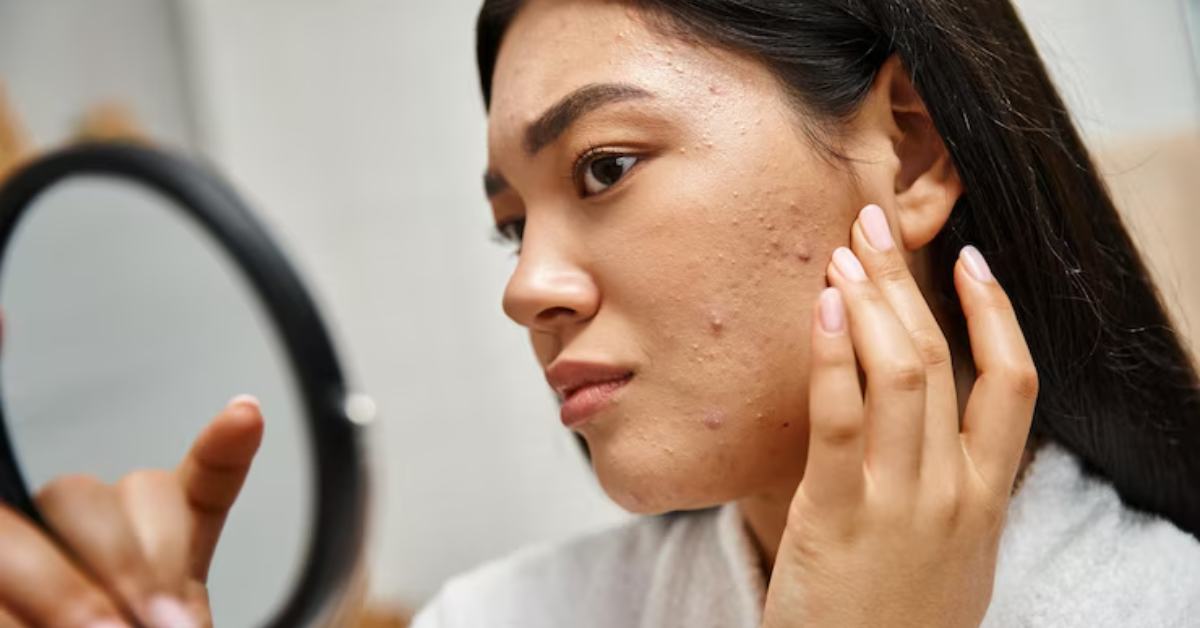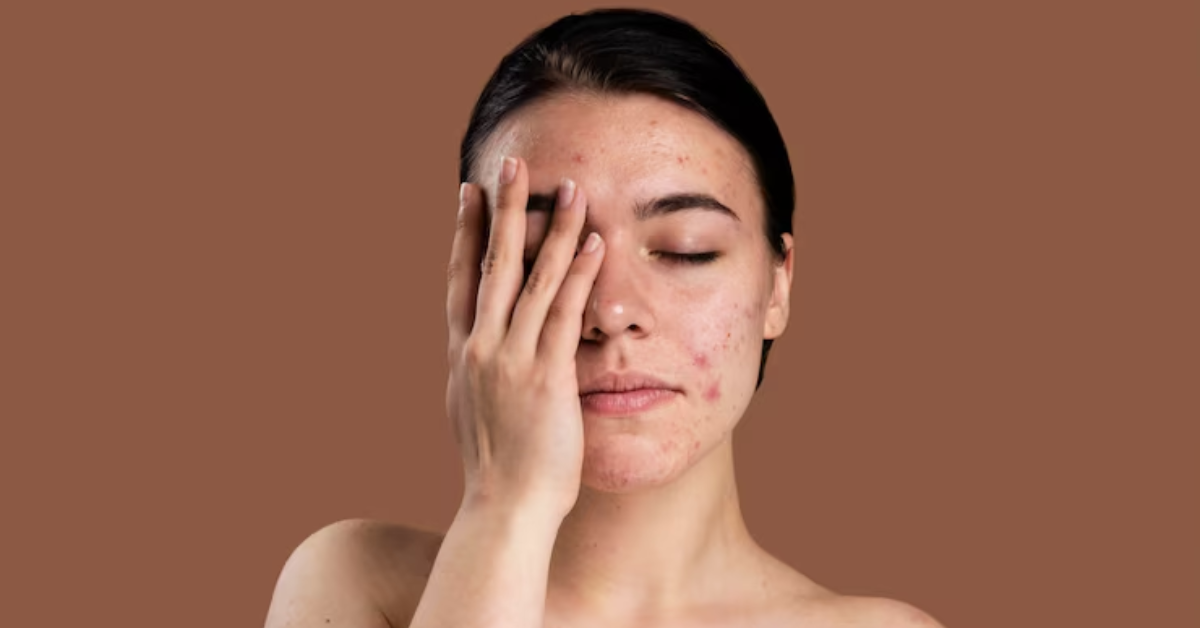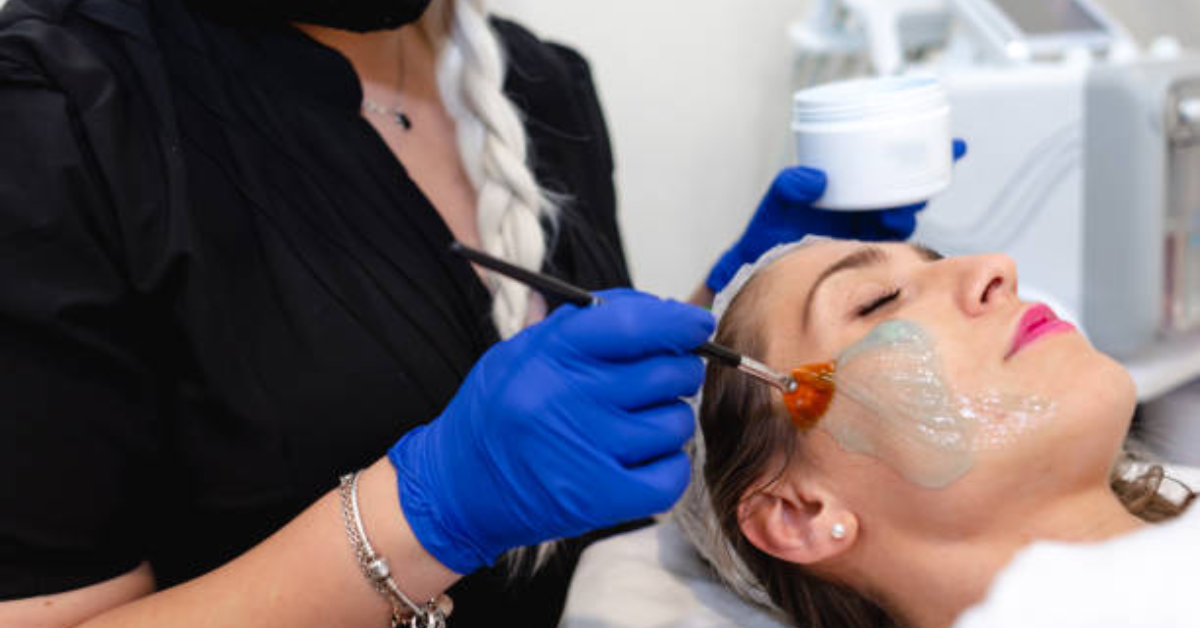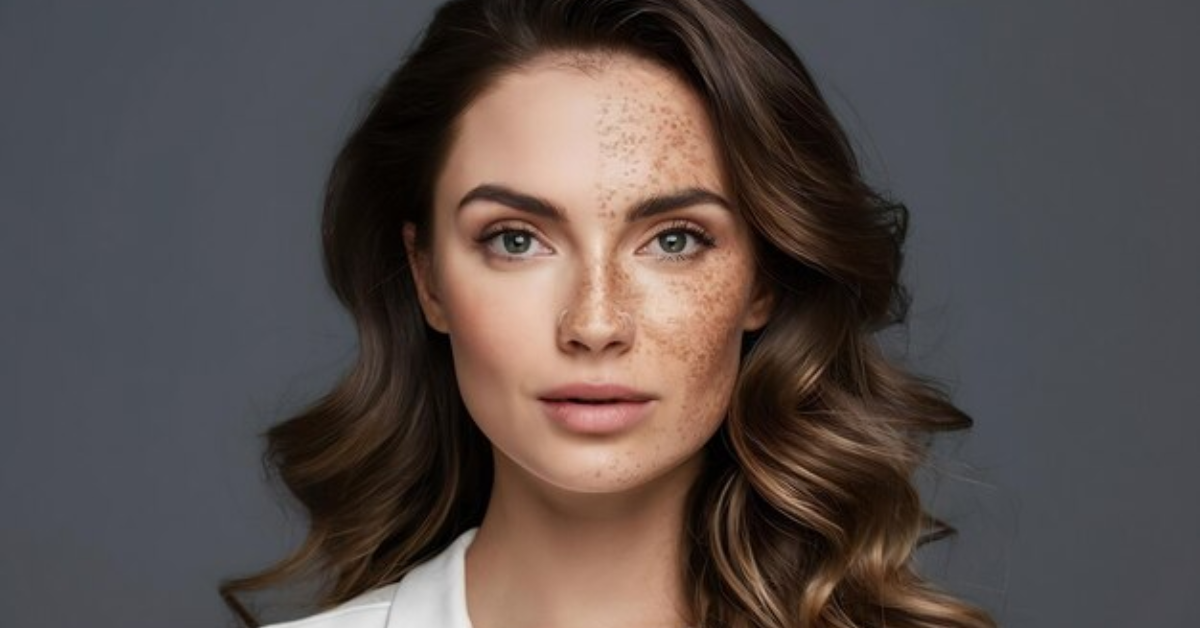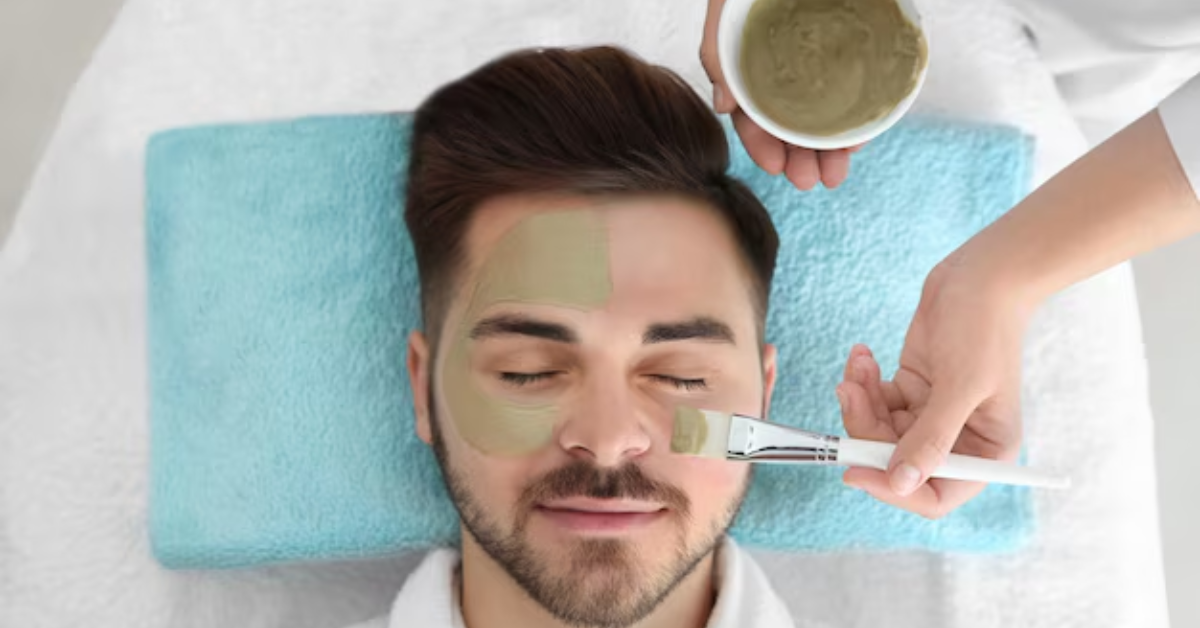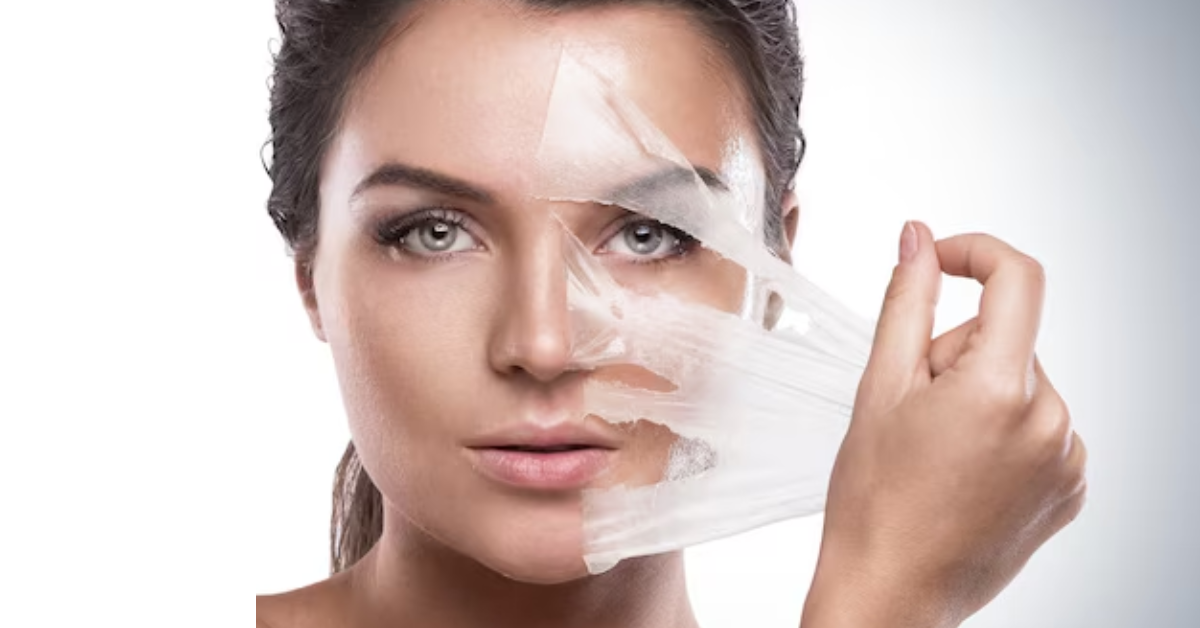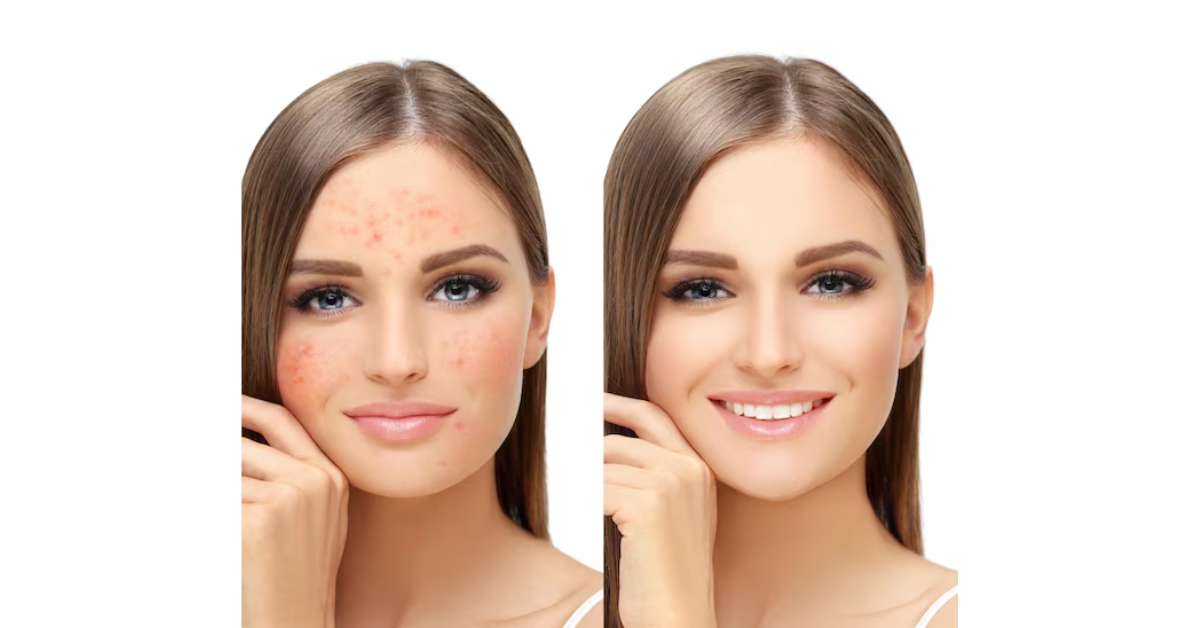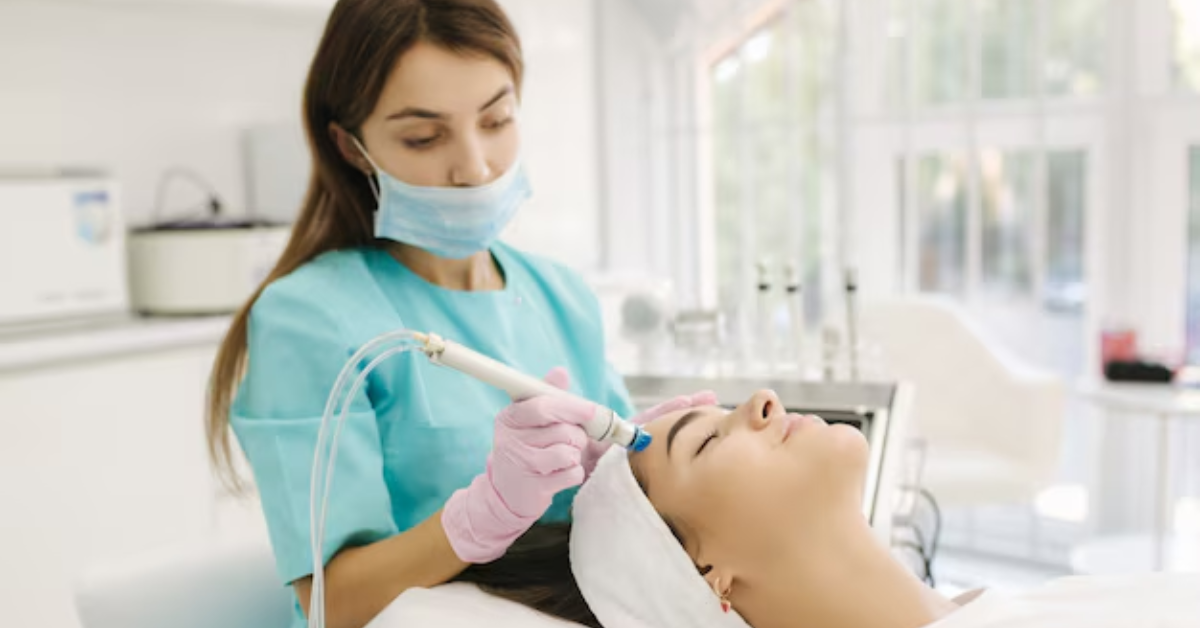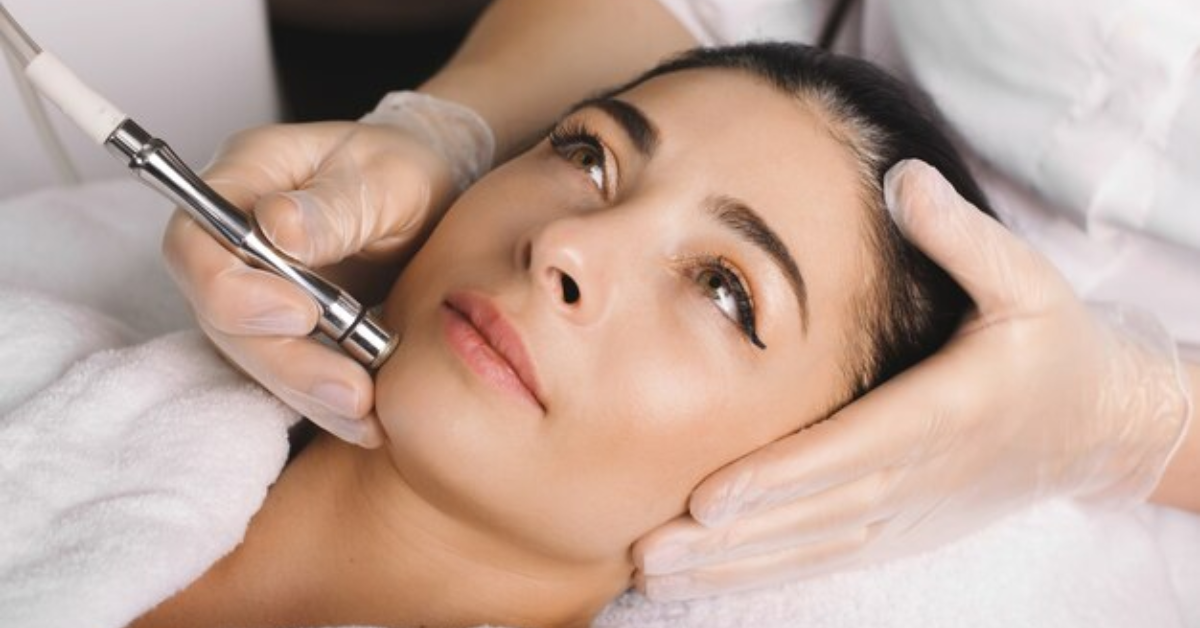Do Anti Aging Treatments Work?
Aging is a natural process that everyone experiences. As the years go by, signs like wrinkles, fine lines, and sagging skin become more noticeable, prompting many to seek out anti-aging treatments. But the big question remains: Do anti-aging treatments work? This article explores the effectiveness of various anti-aging treatments, diving into the science behind them, popular methods, and how to choose the right one for your needs.
What Causes Skin Aging?
To truly understand whether anti-aging treatments work, it's essential to first grasp what causes skin aging. As we age, the production of collagen and elastin—proteins that are crucial for maintaining skin elasticity and firmness—naturally decreases. This decline is a significant contributor to the visible signs of aging, such as wrinkles and sagging skin. Also, external factors like sun exposure, pollution, stress, and diet can accelerate this process, leading to premature aging.
Intrinsic vs. Extrinsic Aging
Skin aging can be categorized into two primary types: intrinsic and extrinsic aging. Intrinsic aging is the natural aging process determined by genetics, and it's something we can't control. On the other hand, extrinsic aging is influenced by external factors like UV radiation, smoking, and environmental pollutants. Anti-aging treatments often aim to combat both types of aging to help maintain a youthful appearance.
Popular Anti-Aging Treatments
Topical Treatments
One of the most common and accessible anti-aging solutions is the use of topical treatments, such as creams and serums. These products are often formulated with ingredients like retinoids, hyaluronic acid, and antioxidants, which are designed to target the signs of aging.
Retinoids, which are derived from vitamin A, have been shown to increase cell turnover and boost collagen production, thereby reducing the appearance of fine lines and wrinkles. Hyaluronic acid, a powerful hydrator, helps attract and retain moisture in the skin, making it look plumper and less wrinkled. Antioxidants, such as vitamins C and E, work by neutralizing free radicals that can cause damage and lead to premature aging.
While these topical treatments can improve skin texture and hydration, their effectiveness largely depends on the concentration of active ingredients and how consistently they are used.
Botox and Dermal Fillers
Another popular non-surgical option for combating the signs of aging is the use of Botox and dermal fillers. Botox works by temporarily paralyzing the facial muscles that cause expression lines, such as crow’s feet and forehead wrinkles. The effects typically last three to six months, making it a temporary but effective solution for wrinkle reduction.
Dermal fillers, on the other hand, are injectable treatments that restore volume to the face, filling in wrinkles, folds, and hollow areas. Many fillers are made from hyaluronic acid, which provides results that can last anywhere from six months to two years. Both Botox and fillers offer quick results with minimal downtime, making them attractive options for those looking for immediate improvements.
Laser and Light Therapies
Laser and light therapies have become increasingly popular for skin rejuvenation. These advanced treatments work by stimulating collagen production and resurfacing the skin. One common method is fractional laser resurfacing, which targets specific areas of the skin to promote new collagen formation and improve texture. This treatment is effective for addressing wrinkles, scars, and sun damage.
Intense Pulsed Light (IPL) is another option that uses broad-spectrum light to target pigmentation, redness, and broken capillaries, resulting in a more even skin tone. Both laser and light therapies typically require multiple sessions to achieve the best results and may involve some recovery time, but they offer long-lasting benefits for those seeking significant skin rejuvenation.
Chemical Peels
Chemical peels are a tried-and-true method for improving the appearance of aging skin. During a chemical peel, a solution is applied to the skin to exfoliate the outer layer, revealing fresher, younger-looking skin beneath. Light peels, which use alpha-hydroxy acids (AHAs) or beta-hydroxy acids (BHAs), are effective for removing dead skin cells and brightening the complexion. For those seeking more dramatic results, medium to deep peels penetrate deeper into the skin, reducing wrinkles, age spots, and uneven pigmentation. While chemical peels can significantly enhance skin texture and tone, the intensity of the peel will determine the level of improvement and the recovery time needed.
Microneedling
Microneedling is a minimally invasive treatment that has gained popularity for its ability to reduce wrinkles and improve skin texture. This procedure involves using fine needles to create micro-injuries in the skin, stimulating the body’s natural healing process and boosting collagen and elastin production. Traditional microneedling is often performed by a dermatologist and requires multiple sessions to achieve optimal results. For those seeking even more dramatic improvements, microneedling with radiofrequency (RF) combines the mechanical action of the needles with RF energy, enhancing collagen production and offering more noticeable results.
Do Anti-Aging Treatments Really Work?
The Science Behind Anti-Aging Treatments
When considering whether anti-aging treatments work, it's important to look at the science behind them. Research supports the effectiveness of many treatments, particularly those that stimulate collagen production or provide antioxidant protection.
Retinoids, for example, have been extensively studied and shown to improve skin texture, reduce fine lines, and prevent collagen breakdown. Similarly, Botox and fillers have been proven in clinical trials to effectively reduce wrinkles and restore facial volume. Laser therapies have also demonstrated their ability to stimulate collagen and improve the appearance of the skin.
However, it’s important to note that while these treatments can slow down and even reverse some signs of aging, they cannot stop the aging process entirely. Results can vary from person to person, and some treatments may require ongoing maintenance to sustain their benefits.
Choosing the Right Anti-Aging Treatment
When deciding on an anti-aging treatment, several factors should be considered, including your skin type, the specific concerns you want to address, and your budget. Consulting with a dermatologist or skincare professional can help you choose the most effective treatment tailored to your needs.
Starting early with preventive treatments, such as using sunscreen, incorporating antioxidants into your skincare routine, and undergoing light chemical peels, can help delay the onset of visible aging signs. Combining different treatments, such as using topical products alongside laser therapy, can also enhance overall results. Consistency in your skincare routine and treatment plan is crucial for achieving and maintaining youthful-looking skin.
Conclusion
So, do anti-aging treatments work? The answer is yes, but with certain caveats. While no treatment can completely halt the aging process, many can significantly reduce the appearance of aging signs, improve skin texture, and restore a more youthful appearance. The key to successful anti-aging is choosing the right treatment based on your individual needs and maintaining a consistent skincare routine. Whether you opt for topical products, injectables, or advanced laser treatments, the journey to youthful skin requires a combination of science, patience, and care.

